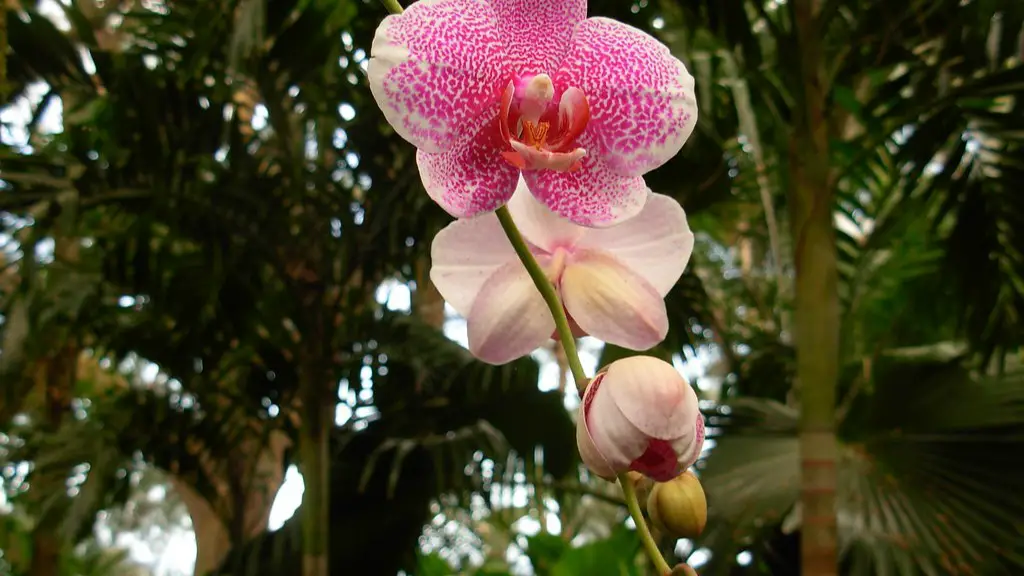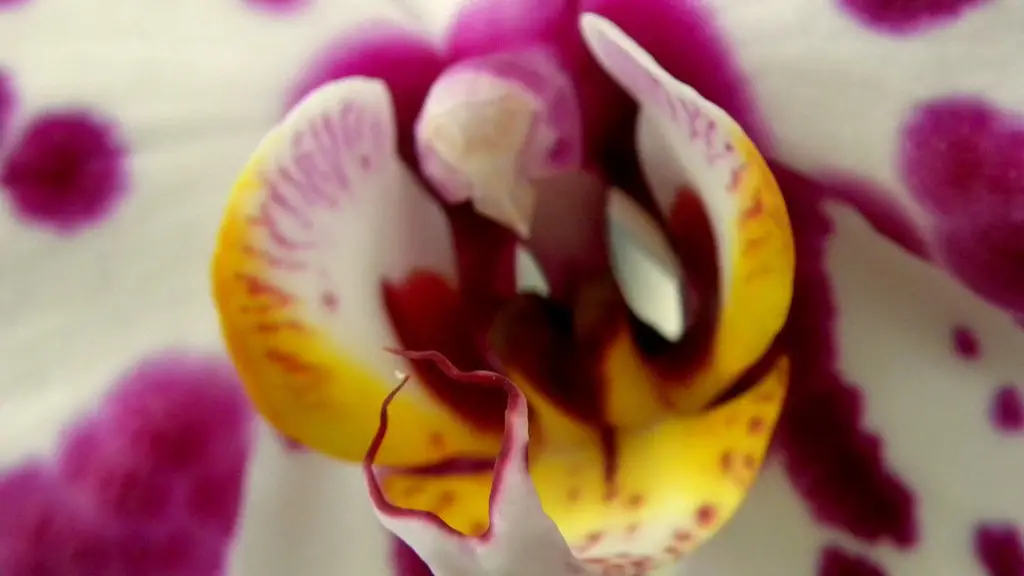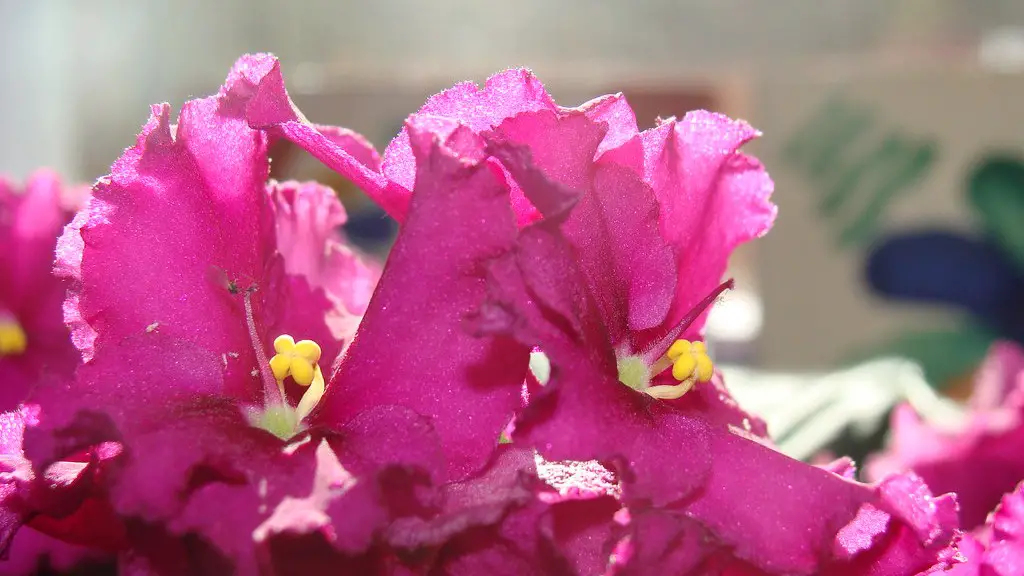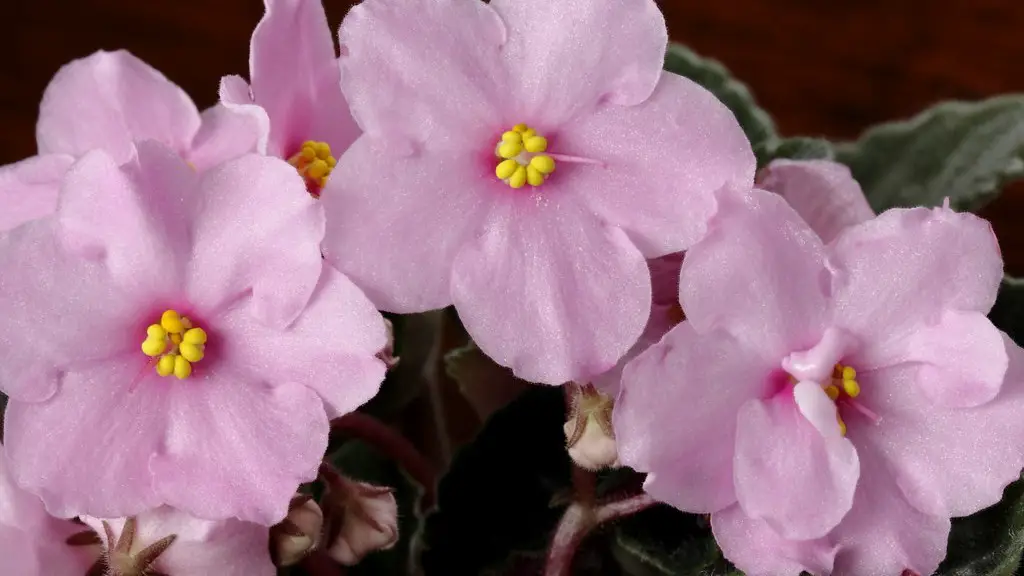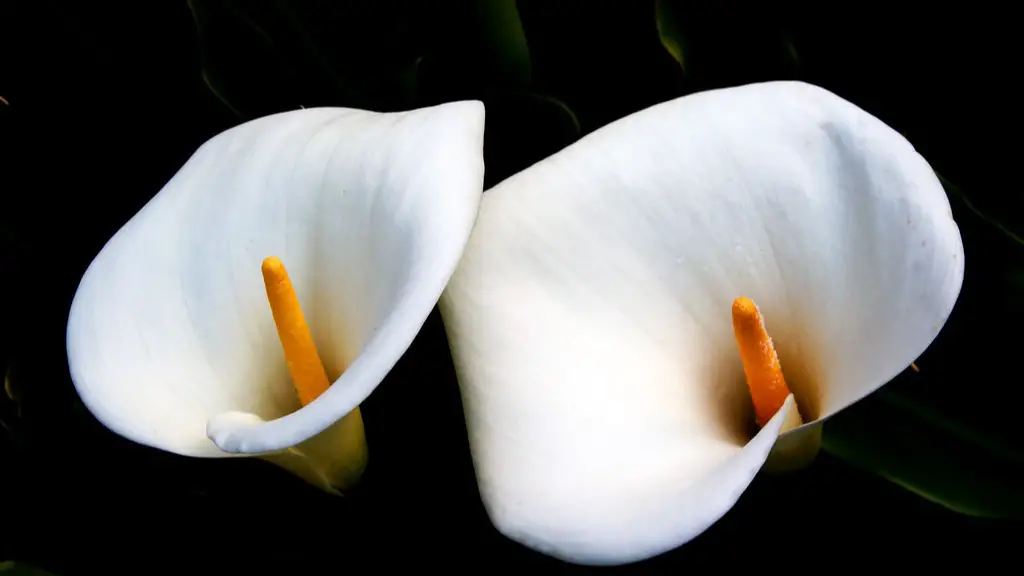Phalaenopsis orchids are one of the most popular types of Orchids due to their beauty and the fact that they are relatively easy to care for. Here are some tips on how to care for your Phalaenopsis Orchid:
1. Light: These Orchids prefer bright, indirect light. If you live in a home with limited light, you can place your Orchid near an east or west facing window.
2. Water: Allow the potting mix to dry out between waterings. Water your Orchid once a week, making sure to soak the potting mix thoroughly.
3. humidity: These Orchids prefer high humidity, so misting your Orchid daily with water can be helpful. You can also place your Orchid on a pebble tray filled with water to help increase the humidity around your plant.
4. Fertilizer: Use a balanced fertilizer designed for Orchids and fertilize your plant every two weeks.
To care for a phalaenopsis orchid, you will need to water it about once a week, making sure to keep the potting mix moist but not soggy. The best way to water an orchid is to use lukewarm water and to let it drip onto the roots and leaves for a couple of minutes. You should also fertilize your orchid about once a month with a balanced fertilizer. Additionally, phalaenopsis orchids prefer bright, indirect sunlight, so make sure to place yours near a window where it will get plenty of light. Finally, be sure to occasionally mist your orchid with water to help keep its leaves hydrated.
What do you do with an orchid after the blooms fall off?
If you want to keep your orchid plant looking healthy and attractive, it’s important to remove the flower spike after the flowers have dropped. You have three choices: leave the flower spike (or stem) intact, cut it back to a node, or remove it entirely. Removing the flower spike entirely is the best option if the existing stem starts to turn brown or yellow. This will ensure that your orchid plant continues to look its best.
Phalaenopsis are one of the most popular types of Orchids due to their long blooming period and ability to bloom multiple times per year. They are commonly referred to as the “moth orchid” due to their large, showy flowers that resemble moths. Phalaenopsis Orchids are native to tropical areas of Asia and are typically found growing on trees or rocks. They are relatively easy to care for, making them a great choice for beginner Orchid growers.
How do you keep Phalaenopsis orchids blooming
Phalaenopsis orchids are some of the most popular flowers in the world. They are known for their beauty and grace. These flowers need less direct sunlight than other orchids and can thrive near any window with filtered sunlight. It is important to water these plants every 7-10 days and to fertilize them every month. The humidity should also be raised in the room where they are kept. Trim any faded flower stalks to keep the plant looking its best.
It is important to water your orchids regularly, and depending on the type of potting material you use, the frequency will vary. For example, orchids potted in bark need to be watered every 7 days, while those in moss can go 12-14 days between watering. To help your orchid dry out a bit slower, you can top dress it with moss, bark, pebbles, or glass chips.
What does an orchid look like when it needs to be repotted?
Orchids are beautiful flowers that prefer to grow in small pots. Over time, however, they will eventually run out of room and their roots will begin to push the plant up above the rim of the pot or reach out into the air. This is a sure sign that it’s time to re-pot the plant.
It’s that time of year again! The Phalaenopsis orchids in our collection are finally losing their blooms. Some will remain in bloom for awhile longer, but the ideal time to repot orchids is when they go out of bloom. So if you have a Phalaenopsis orchid that needs repotting, now is the time to do it!
How often should I mist my Phalaenopsis orchid?
Orchids are one of the most popular houseplants, but they can be finicky. The key to keeping your orchid healthy is to not overwater it. Water your orchid about once a week, or when the potting mix is dry. Be sure to use tepid water and mist the foliage, but avoid spraying the flowers. If the air in your home is dry, you may need to mist the foliage every two to three days. Orchids do best in bright, indirect light. Too much direct sun can scorch the leaves, while too little light will cause the plant to produce weaker growth and fewer flowers.
Orchids are one of the most beautiful flowers in the world. They have a long blooming period and can be pollinated multiple times during this period. It can take up to 14 months for an orchid to complete its life cycle. If it does not die, it can typically re-bloom once every 8 to 12 months. This makes them a very popular flower for home gardens.
How long should I soak my Phalaenopsis orchid
Orchids like to be watered about once a week, and should be allowed to soak for about 10 minutes to saturate the roots. Allow the water to drain out completely; orchids don’t tolerate sitting in water. Uneven watering will result in shallow or uneven root growth. After you have watered your orchid, feel the weight of the container; it should be heavy.
Yes, orchids generally love humid conditions because they’re a tropical plant. The easiest way to recreate their humid home is by misting them with a spray bottle.
What triggers flowering in Phalaenopsis?
Most phalaenopsis species are native to areas close to the Equator and do not need a specific photoperiod to induce flowering. Instead, it is the low temperature that triggers phalaenopsis to start the flowering process.
If you’re not sure whether to water your orchid or not, check the potting mix. If it’s dry, it’s time to water. Stick your finger in the potting mix up to the first knuckle. If it’s dry, it’s time to water. If it’s wet, wait a few days and check again.
Should orchids be watered from the top or bottom
Orchids need humid air to thrive, and a pebble tray is an easy way to create this type of environment. Simply place your orchids on top of the pebbles and fill the tray with water, making sure water doesn’t touch the bottom of the pots. As the water evaporates, it will humidify the air right around the plant. This method is especially effective if you have a group of orchids, as the evaporating water will help to increase the humidity level in the entire area.
When it comes to watering your orchid, you’ll want to make sure that you’re neither underwatering or overwatering it. The best way to tell if you’re giving it the right amount of water is to check the roots and leaves – if they’re firm and green, you’re on the right track. If the roots are dark and dry, that means it needs more water, while yellow, brown, or hollow/flat roots indicate that you’re giving it too much water.
What do Overwatered orchids look like?
If your orchid’s leaves are looking limp or yellow, it is likely that you are overwatering it. Usually, a change in the leaves is the most visible warning sign that orchids give. New leaves may look pleated and existing leaves may begin to turn yellow. If you see these signs, be sure to cut back on watering and allow the plant to dry out some before watering again.
A good rule of thumb for repotting an orchid is to do so soon after it is purchased, typically when it goes out of bloom. This is necessary because over time, the media in which the plant is grown will break down and begin to smother the roots, leading to a decline in health. By repotting the plant on a regular basis, you can ensure that it remains healthy and continues to thrive.
Can orchids be repotted in regular potting soil
Orchids are delicate plants and their roots require plenty of air to survive. Regular soil will suffocate your plant. You need to use a special potting mix or choose a pot that has drainage holes to ensure that your orchid gets the air it needs.
If you want to grow a large plant, you will need a larger pot. The same size pot can be used for about two years before it needs to be replaced with a pot that is 1 inch larger in diameter. Orchids should be repotted once every one to three years.
Warp Up
To care for a Phalaenopsis orchid, water it once a week and fertilize it monthly. Place the orchid in a bright, indirect location and keep the temperature around 65-75 degrees Fahrenheit.
To care for a phalaenopsis orchid, you will need to water it weekly and place it in a location with bright, indirect light. Be sure to also fertilize your orchid monthly and keep an eye out for pests. With proper care, your phalaenopsis orchid will thrive and bloom for many years to come.
